-
MenuBack
-
Activities
-
WHERE TO GO?
-
-
TO DO?
-
- ACCOMMODATION
- BOATS
- BLOG
- CONTACT
-
MenuBack
-
Activities
-
WHERE TO GO?
-
-
TO DO?
-
- ACCOMMODATION
- BOATS
- BLOG
- CONTACT
Sir Francis Drake and his History with Cartagena de Indias
Sir Francis Drake, known as both an English hero and a feared privateer, left an indelible mark on the history of Cartagena de Indias. Their raid on this Caribbean city in 1586 not only marked a crucial episode in Anglo-Spanish relations during the Golden Age, but also left a legacy of intrigue, bravery and plunder.
Born in Tavistock, Devon, England, around 1540, Francis Drake grew up in a time of maritime expansion and conflict. The son of a Protestant farmer, Drake took to sea at a young age and soon demonstrated his skill in navigation and combat. Throughout his career, he sailed extensively, participating in expeditions that took him from the African coast to the Caribbean.
Drake earned a reputation as a daring navigator and an implacable enemy of Spain, the largest maritime empire of the time. His fame was consolidated when, in 1577, he was the first Englishman to circumnavigate the world, a feat that earned him knighthood by Queen Elizabeth I upon his return.
The Context of the Raid on Cartagena
At the end of the 16th century, the Caribbean was a hotbed of colonial activity and piracy. The riches of the New World, especially those of the Spanish colonies, were a magnet for privateers and pirates of various nationalities. Cartagena de Indias, founded in 1533, was one of the most important and fortified ports of the Spanish Empire in America. The city was key to the gold and silver transportation route from South America to Spain, making it an attractive target for Drake.
In 1585, England and Spain were on the threshold of open war. Elizabeth I authorized Drake to lead an expedition against Spanish interests in the Caribbean, a mission that combined military and economic objectives. Drake's expedition, composed of about 20 ships and 2,300 men, aimed to disrupt Spanish trade routes and seize their wealth.
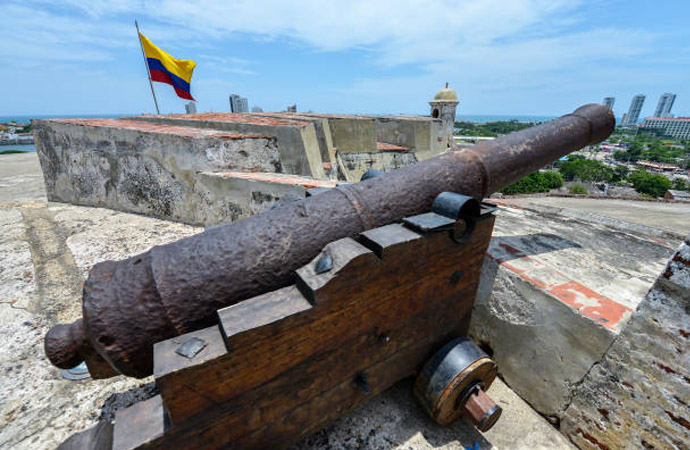
The Attack on Cartagena de Indias
On February 9, 1586, Drake's fleet appeared off the coast of Cartagena. Despite the city's fortifications and the presence of a garrison, the defenders were unprepared for the magnitude and ferocity of the attack. Drake, using tactics of surprise and speed, landed his forces and quickly took control of the city.
The assault was brutal. English soldiers sacked Cartagena, taking possession of valuable goods, including gold, silver, jewels and other treasures. The city's inhabitants, including women and children, were subjected to ruthless treatment. Drake demanded a ransom of 107,000 ducats in exchange for not destroying the city. The colonial authorities had no choice but to pay the sum, although this did not stop the English from continuing to loot and destroy property.
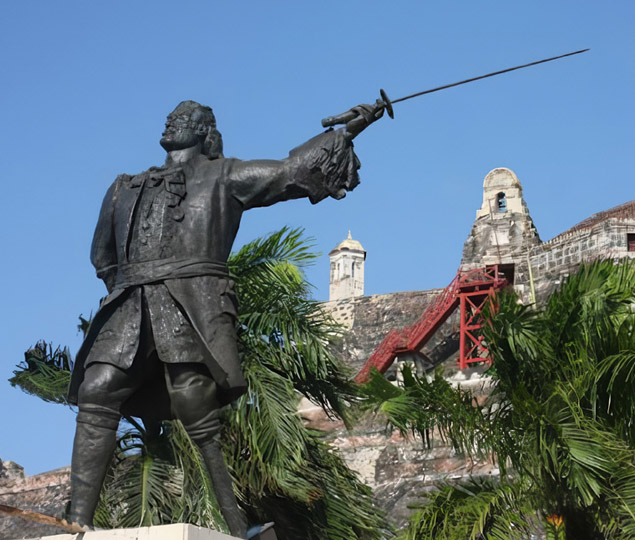
The Consequences of the Attack
Drake's attack on Cartagena had significant repercussions. From the English point of view, the expedition was a resounding success. Drake returned to England a hero, laden with treasure and with his reputation even greater. For the Spanish, however, the attack was a humiliating reminder of the vulnerability of their colonies in the New World.
The sacking of Cartagena prompted the Spanish authorities to reinforce their defenses in the Caribbean. The city of Cartagena, in particular, underwent a renovation and expansion of its fortifications. New walls and bastions were built, and the existing defenses were improved, turning the city into one of the most impenetrable strongholds in America
In addition, Drake's attack exacerbated tensions between England and Spain, contributing to the escalation of conflicts that culminated in the Anglo-Spanish War (1585-1604). This war included notable events such as the failed Spanish Armada in 1588, in which Drake also played a prominent role.
Drake's Legacy in Cartagena
Today, the story of Sir Francis Drake in Cartagena de Indias is remembered with both admiration and resentment. For many, it is seen as a symbol of resistance and audacity against Spanish power. However, for others, especially in Cartagena, his name is associated with destruction and pillage.
Drake's presence in the city's history has been immortalized in various ways. There are streets and places that bear his name, and his figure is part of the rich tapestry of stories and legends that make up the cultural heritage of Cartagena. The events of 1586 are remembered in museums and historic sites, providing a window into a tumultuous past that has shaped the city's character.
Ultimately, the story of Sir Francis Drake and his attack on Cartagena de Indias is a testament to the complexity of the colonial legacy in Latin America. It is a chapter of audacity and cruelty, of conquest and resistance, that continues to resonate in the collective memory of this Caribbean city.
Related posts
 Tips para disfrutar y hacer turismo en Cartagena, ¡conócelos!
Tips para disfrutar y hacer turismo en Cartagena, ¡conócelos!
 Get to know the Hidden Gems that Cartagena has
Get to know the Hidden Gems that Cartagena has
 Tips for travelers visiting Cartagena
Tips for travelers visiting Cartagena
 Unmissable plans in Cartagena
Unmissable plans in Cartagena
 Discover the charm of the walled city
Discover the charm of the walled city









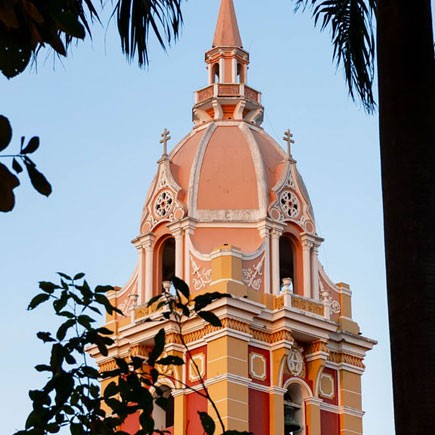
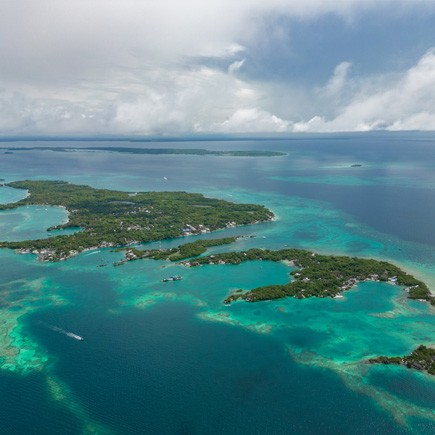

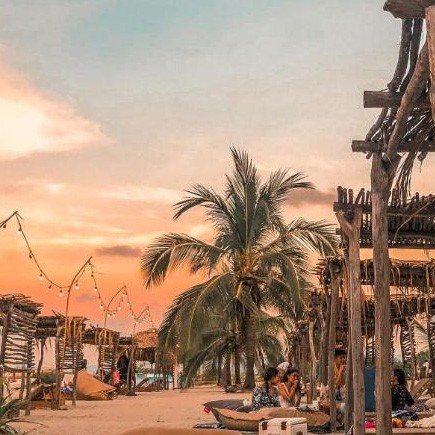


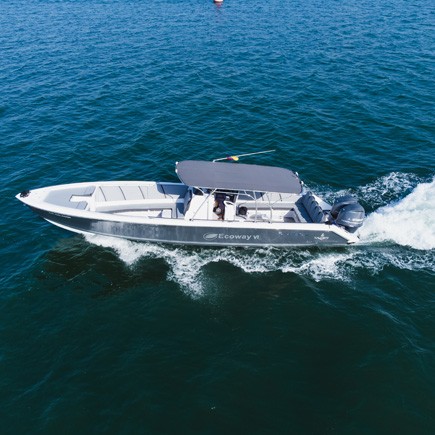

Leave a comment